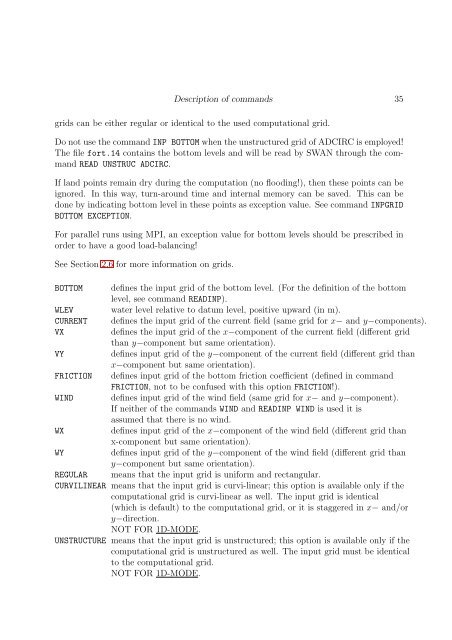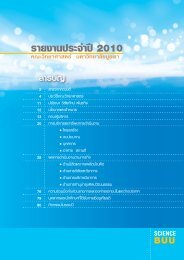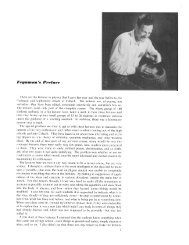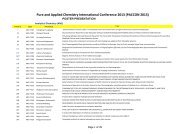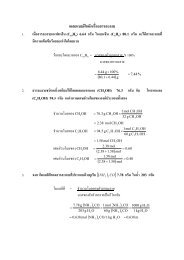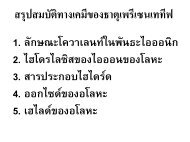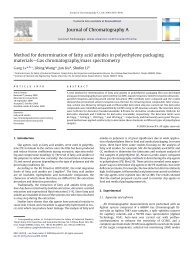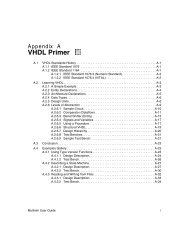USER MANUAL SWAN Cycle III version 40.72A
USER MANUAL SWAN Cycle III version 40.72A
USER MANUAL SWAN Cycle III version 40.72A
Create successful ePaper yourself
Turn your PDF publications into a flip-book with our unique Google optimized e-Paper software.
Description of commands 35<br />
grids can be either regular or identical to the used computational grid.<br />
Do not use the commandINP BOTTOM when the unstructured grid of ADCIRC is employed!<br />
The file fort.14 contains the bottom levels and will be read by <strong>SWAN</strong> through the command<br />
READ UNSTRUC ADCIRC.<br />
If land points remain dry during the computation (no flooding!), then these points can be<br />
ignored. In this way, turn-around time and internal memory can be saved. This can be<br />
done by indicating bottom level in these points as exception value. See command INPGRID<br />
BOTTOM EXCEPTION.<br />
For parallel runs using MPI, an exception value for bottom levels should be prescribed in<br />
order to have a good load-balancing!<br />
See Section 2.6 for more information on grids.<br />
BOTTOM defines the input grid of the bottom level. (For the definition of the bottom<br />
level, see command READINP).<br />
WLEV water level relative to datum level, positive upward (in m).<br />
CURRENT defines the input grid of the current field (same grid for x− and y−components).<br />
VX defines the input grid of the x−component of the current field (different grid<br />
than y−component but same orientation).<br />
VY defines input grid of the y−component of the current field (different grid than<br />
x−component but same orientation).<br />
FRICTION defines input grid of the bottom friction coefficient (defined in command<br />
FRICTION, not to be confused with this option FRICTION!).<br />
WIND defines input grid of the wind field (same grid for x− and y−component).<br />
If neither of the commands WIND and READINP WIND is used it is<br />
assumed that there is no wind.<br />
WX defines input grid of the x−component of the wind field (different grid than<br />
x-component but same orientation).<br />
WY defines input grid of the y−component of the wind field (different grid than<br />
y−component but same orientation).<br />
REGULAR means that the input grid is uniform and rectangular.<br />
CURVILINEAR means that the input grid is curvi-linear; this option is available only if the<br />
computational grid is curvi-linear as well. The input grid is identical<br />
(which is default) to the computational grid, or it is staggered in x− and/or<br />
y−direction.<br />
NOT FOR 1D-MODE.<br />
UNSTRUCTURE means that the input grid is unstructured; this option is available only if the<br />
computational grid is unstructured as well. The input grid must be identical<br />
to the computational grid.<br />
NOT FOR 1D-MODE.


